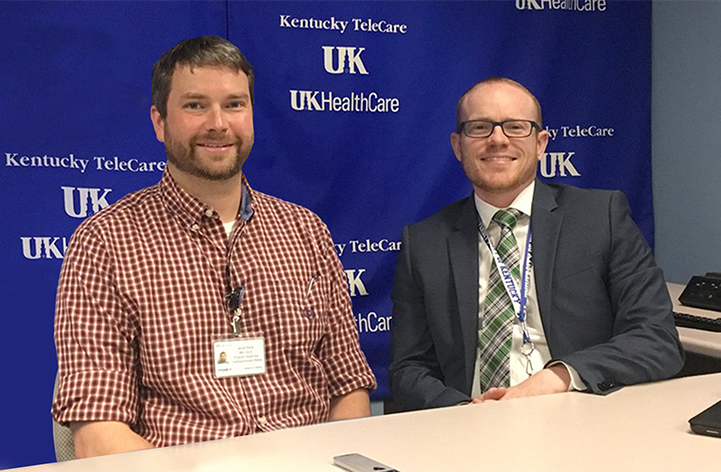Supervised Exercise Training
It’s no secret that Supervised Exercise Training benefits patients who present with symptoms of PAD, or peripheral artery disease. Studies have shown for decades that PAD patients who participate in supervised exercise can experience dramatic increases in walking duration and lower reported levels of pain.
PAD patients typically present with intermittent claudication, which is when patients have reproducible leg pain when they exercise that goes away when they rest.
“Typically, a patient will say, ‘I can walk 100 feet, and then after about 100 feet, my calf starts aching and hurting up to the point that I have to stop walking and rest,” said Nathan Orr, MD, a vascular surgeon at UK HealthCare.
But exercise therapy can improve walking duration and help relieve pain.
“We know from decades of research in over 20 randomized studies that exercise therapy is the most effective first line treatment for patients who present with claudication,” Orr said.

Now CMS has recognized the value of SET for PAD patients by making a SET a covered benefit for patients with Medicaid and Medicare. And there’s a reason for that.
“The outcomes last longer than a vascular surgery,” said Jacob Stone, who leads the SET program. “It's cheaper, it lasts longer and it's non-invasive.”
In addition to Stone, who has a master’s degree in exercise physiology and has worked with cardiopulmonary rehabilitation patients since 2010, the UK SET program is staffed by three full-time dedicated patient care providers.
“We're monitored, supervised exercise. We're going to work on controllable risk factors and do a lot of education with patients on those controllable risk factors. We're going to improve medication adherence,” said Stone.
Monitoring is critical. These patients have generally been inactive because of their pain, so once they start moving, there’s the potential to uncover other cardiovascular issues.
“There’s some danger in telling a PAD patient who hasn't exercised in years and years and years to go walk on their own, unsupervised, because there's potential for rate-related arrhythmias or other cardiac issues to occur,” said Orr.
With expert supervision and monitoring, however, patients can exercise at a high enough level to improve their cardiovascular fitness without putting themselves in danger, and with the assurance of knowing there are medical professionals on hand if an event does occur.
Learn more about our Cardiac Rehabilitation ProgramSee more stories from 2018 State of the Heart
